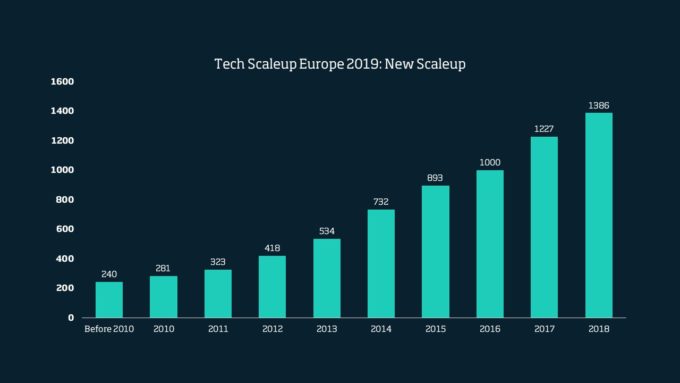5. Leverage your customers as partners, or choose customers who create the opportunity to get more and better customers
In the same way that it’s important to turn down too many small customers, it’s also essential that you strike partnerships with customers that can help you scale. Take the example of CompPair: a developer of sustainable composite materials that can repair themselves. Composite materials – fiber glass, carbon, or natural fibers embedded in resin – are present all around us in bikes, windmills, boats, surfboards, and even planes. But if they crack, these items can be difficult and time-consuming to repair, and today, 90% of composites are not recycled. With its HealTech technology, CompPair can repair a crack in a racing bike or boat in just minutes. Due to the vast range of potential applications, the challenge for CompPair was learning to focus on its biggest customers, rather than spreading itself too thin.
CompPair was able to bring some anchor customers on board early. It teamed up with sporting goods giant Decathlon to conduct an industrial proof-of-concept with its technology. Together, the two companies successfully produced a bicycle shoe sole using recycled fibers.
Returning to Green Motion as another example, Randin could have continued to sell one EV charging station after another, but by switching to a concession model with customers that had many parking lots and a desire to see people spend more time in those parking spaces, he leveraged his business development efforts exponentially.
6. Be humble and accept failure as learning
Though we can never know in advance if someone knows how to scale, great scale-up leaders will give their team the opportunity to show whether they can scale or not. The alternative is to bring in a seasoned older executive, but they probably don’t know your technology or early market as well as your existing team does. Can they work in a small team? And what will that hire do to the motivation of your founding team? All of these aspects must be carefully considered.
Some aspect of the venture is always unknown, whether that’s the business model, the technology, or the customer segment. The only way to get answers to these unknowns is through experimentation, which may include giving responsibility to people on your team who have never scaled a company, including the CEO. They must be prepared to accept that risk, and to fail; anything else means accepting incremental growth as being “good enough”.
7. Make a clear commitment that you are going for scale
Great scale-up leaders understand the difference between growing and scaling. They make a clear announcement to themselves and their teams that they are striving for scale and shape team culture accordingly.
Years ago, I was on stage with a young entrepreneur who told me and the audience that they had just had their best month ever, and they were on a trajectory for hyper-growth. His key metrics were great. He said he was trying to raise $5 million for their next stage. When I asked him, “Why not raise $50m and grow even faster?”, he replied that he was happy with the safe, incremental growth that they had plotted. I accepted that: there is absolutely nothing wrong with growing a few percentage points a year, as long as the competition doesn’t intrude on your plans.
So?
If you’re a founder, please don’t assume that I am saying that world domination has to be your goal. But if you’ve taken the leap to create a business that has scaling possibilities, and you have that ambition, I hope these seven points are useful to you.
If you’re an investor, don’t assume that I’m suggesting that you only invest in scale-ups. Small profitable businesses can be great investments. But if your fund and investment thesis require big and fast growth, perhaps you can use these seven points to assess your portfolio and future bets.








